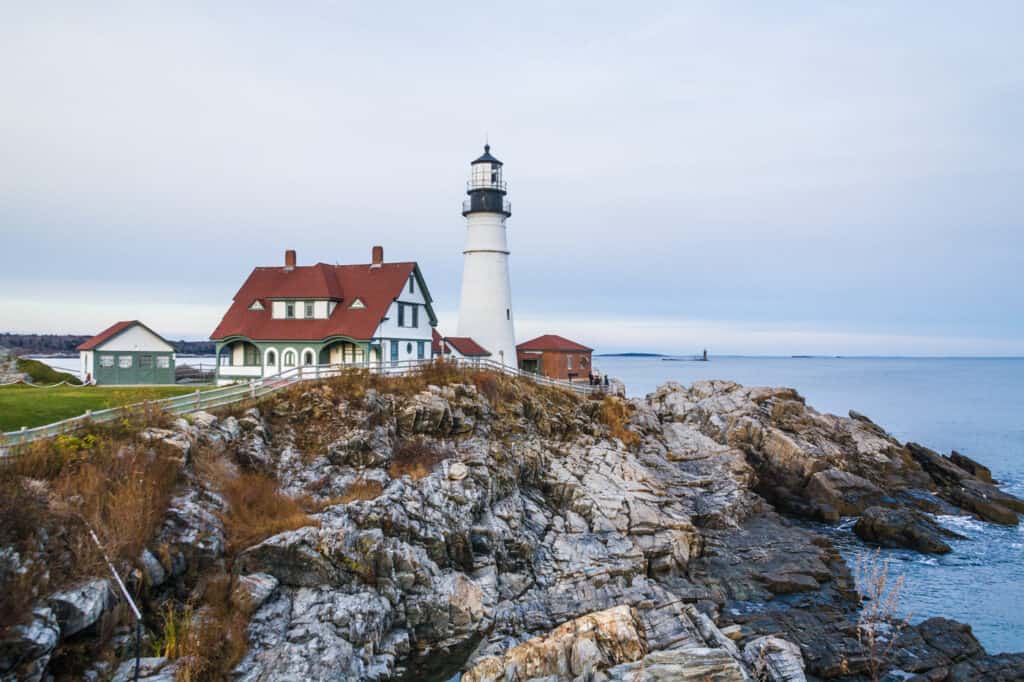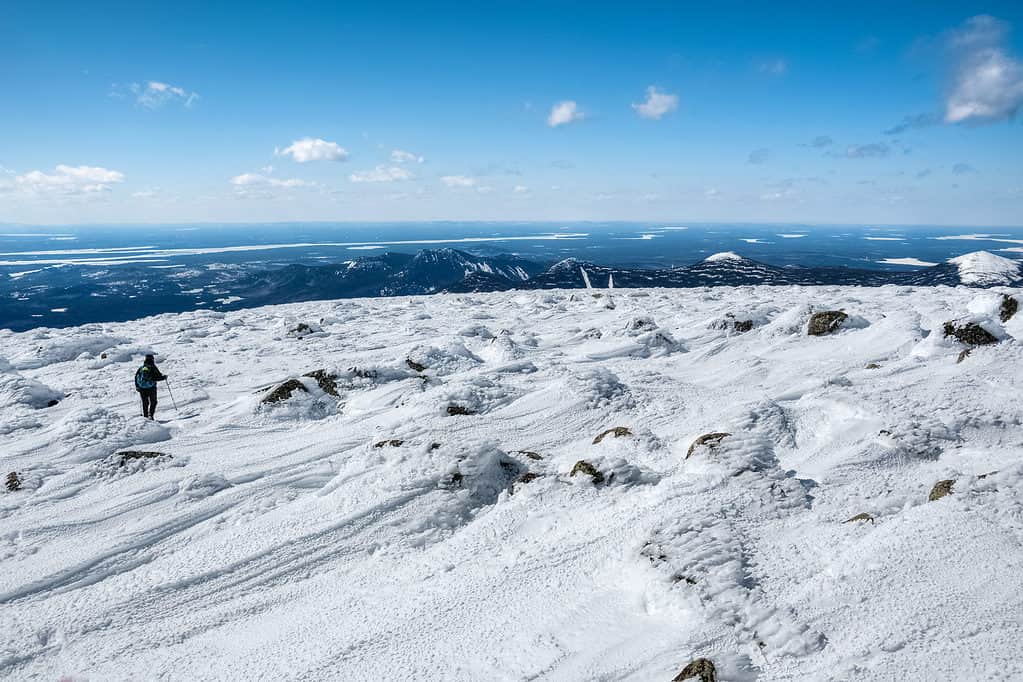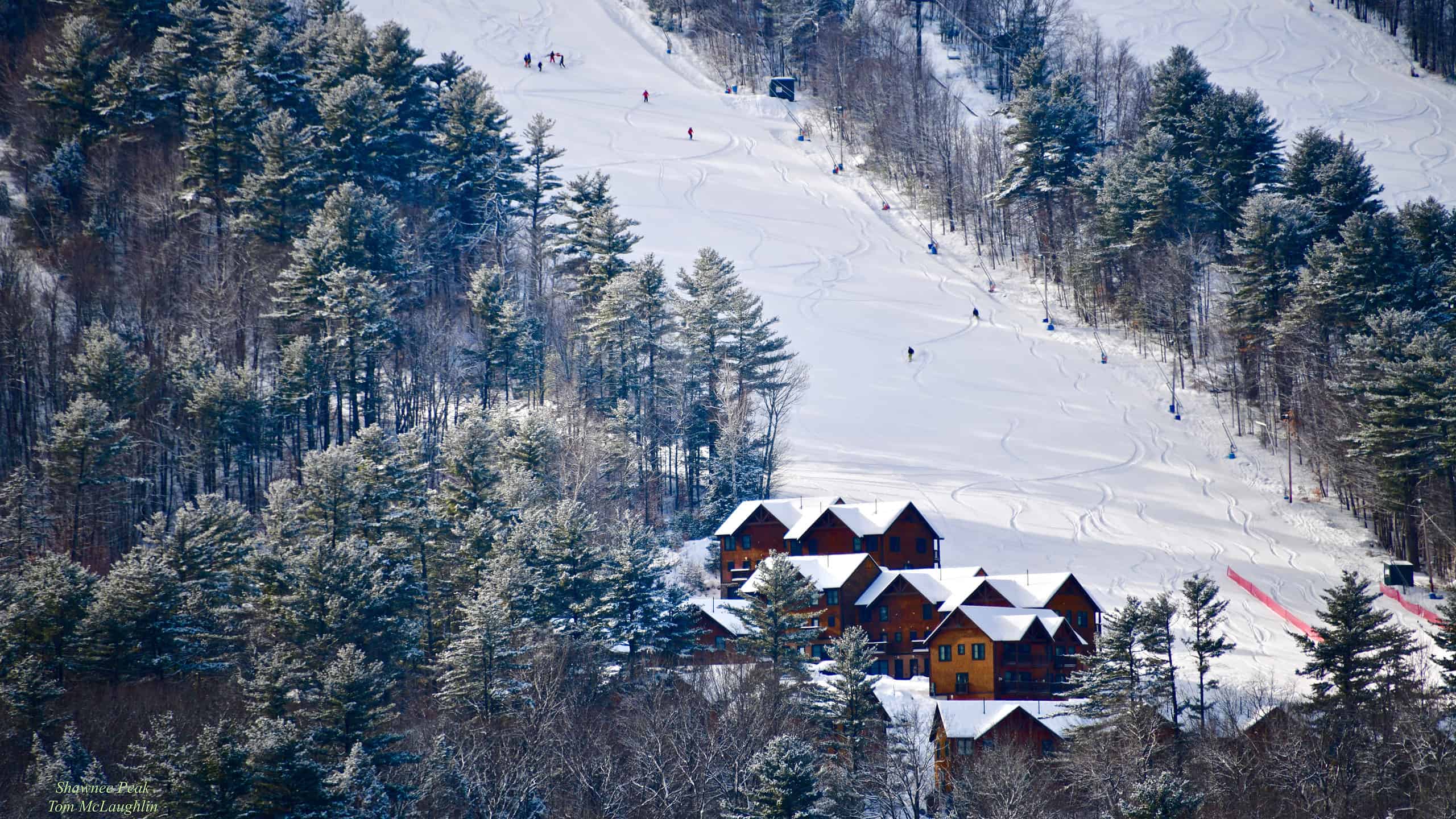Maine is one of the coldest states in the U.S. and temperatures during winter drop below freezing. In fact, learning about the coldest temperature ever recorded in Maine is enough to give you shivers! Keep reading to discover this freezing temperature, along with information on the state’s chilling climate.
Maine’s Climate and Weather

Although coastal cities in Maine still see snow and cold, the temperatures are slightly higher because of the Atlantic Ocean.
Maine is humid. The state has warm summers and cold winters. Snow is very common in the state during winter. Winter in northern Maine is longer, colder, and more intense, compared to winter in the southern region. Although coastal cities in Maine still see snow and cold, the temperatures are slightly higher because of the Atlantic Ocean. Although winters are cold, summers can also get very hot, but rarely exceed 100 °F. Yet, the hottest temperature ever recorded in Maine was 105 °F in North Bridgton, a record set in July 1911. The average daily high of July in Maine is 75–85 °F. However, lows can reach the 50s.
Temperatures in the winter vary depending on the city. For example, Presque Isle sees daily average temperatures between 1° and 20°F in January. Portland sees some slightly higher daily averages, between 13 and 31 degrees.
Maine also sees a lot of different weather patterns. For example, snowstorms and rain are common. Residents can also experience thunderstorms and tornados. However, they are more common in the southwestern interior of the state. While direct landfall of tropical cyclones can happen in Maine, they are rare.
Rainfall and Snowfall in Maine

The state of Maine sees anywhere between 60 to 110 inches of snow annually.
©David Boutin/Shutterstock.com
Maine receives a lot of precipitation, receiving about 42.28 inches of rain every year. The coastal division of the state gets more rain compared to other parts. Maine also receives about 50 to 70 inches of snowfall along the coast. However, the state as a whole sees anywhere between 60 to 110 inches of snow. Both snowfall and rainfall vary slightly depending on exact location. For example, Acadia National Park gets about 55.5 inches of precipitation a year, while approximately 48.9 inches of precipitation falls yearly in Rumford, a central city. Moosehead Lake, which is in northern Maine, gets 43.3 inches of precipitation yearly.
The Coldest Temperature Ever Recorded in Maine
The coldest temperature ever recorded in Maine was a whopping -50 °F. It was officially recorded by an automated weather station on January 16, 2009, at Big Black River. This river is located along the Canadian border in western Maine. Big Black River is 48 miles long. It’s a popular fishing and canoeing destination, but you might want to pack some very warm clothes if visiting during winter. The previous coldest temperature ever recorded in Maine was -48 °F in Van Buren, which also sits close to Canada.
Animals that Thrive in Maine’s Winter
Many of the animals in Maine are built for the cold. They all have their own unique ways to survive harsh winters, snow, and low food resources. Listed below are some of the most common animals in Maine, along with how they survive winter.
Moose
Most of the moose population in the United States live in Maine! Unlike other animals, moose don’t hibernate. Instead, they consume many twigs and look for any vegetation that still exists. They survive and stay warm with their thick undercoats. While moose can move around in winter, they typically stay in heavily forested areas, gaining cover from snowfall.
American Black Bear
Black bears are a common species in Maine. However, they mainly live in northern and eastern Maine. These large animals can easily weigh over 600 pounds. Thankfully, you won’t have to worry about accidentally running into a black bear while taking a winter hike because they hibernate. They stay in their warm and dry dens, remaining healthy for months without moving or eating. This is because black bears eat over 90 pounds of food a day while preparing for hibernation, easily doubling their weight!
Canada Lynx

Lynx have padded furry paws that are a lot like snowshoes.
©Felineus/Shutterstock.com
Canada lynx are often found in spruce/fir forest where deep snow is common. In Maine, they live in northern Penobscot, Somerset, Franklin, and Oxford Counties. You can also see them in Aroostook and Piscataquis Counties. While some people have recently seen Canada lynx in eastern Maine, their numbers are limited. Canadian lynx are built for the snow. They have padded furry paws that are a lot like snowshoes.
Snowshoe Hare
If you’ve ever seen a rabbit in Maine, it’s likely a snowshoe hare. They are common across the state and only overlap with the cottontail rabbit in the most southern parts of the state. They are commonly hunted during specific seasons. They survive winter with their thick seasonal fur, which also helps them blend into the snow and hide from predators.
Thank you for reading! Have some feedback for us? Contact the AZ Animals editorial team.








